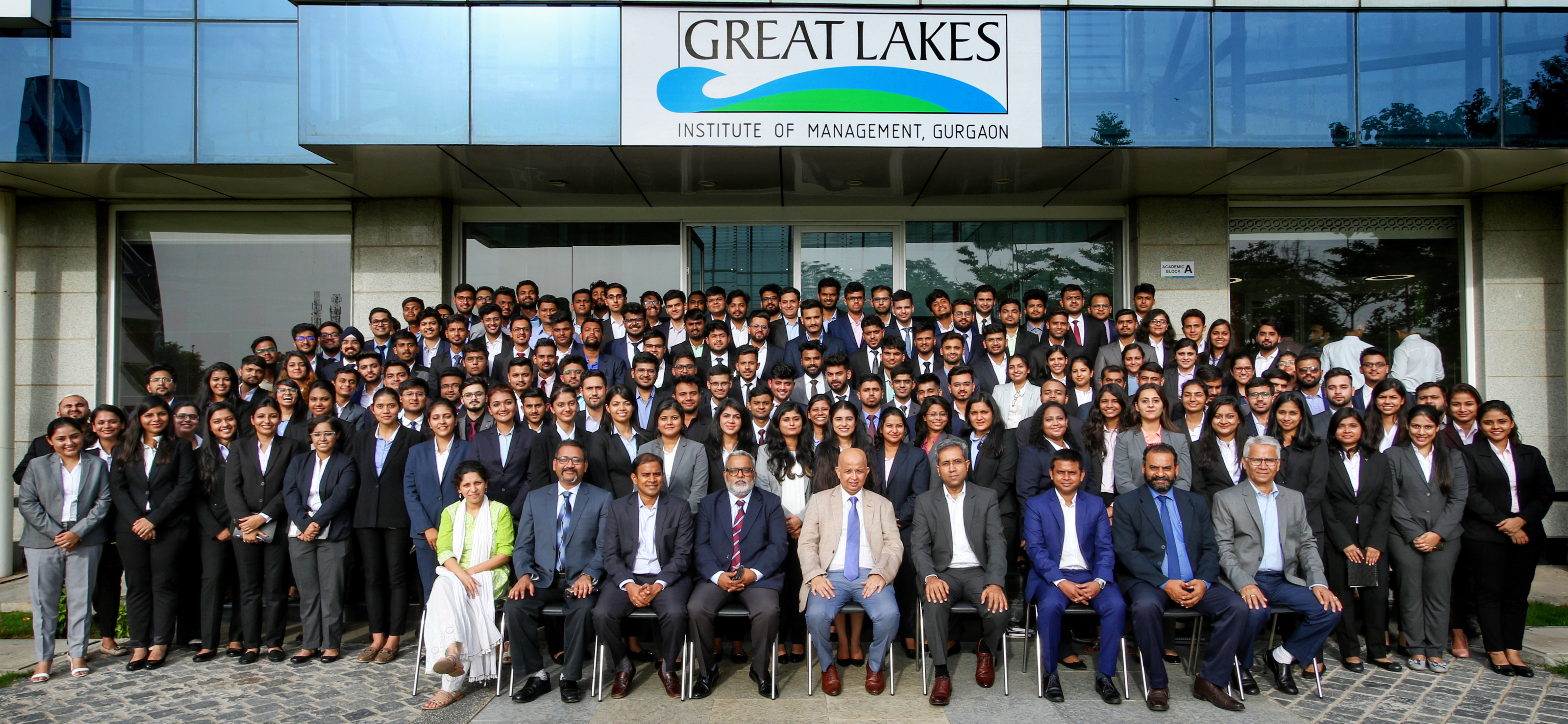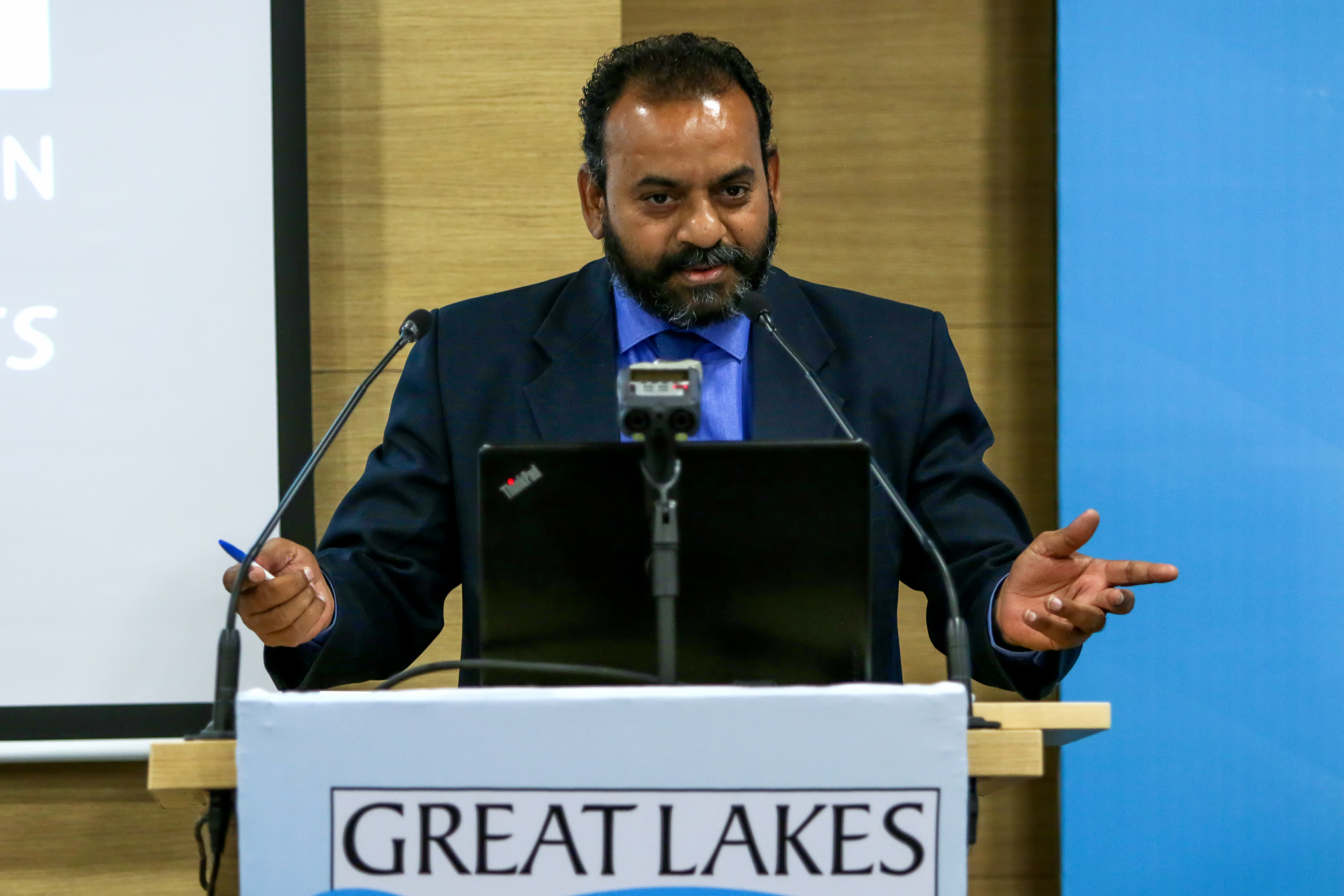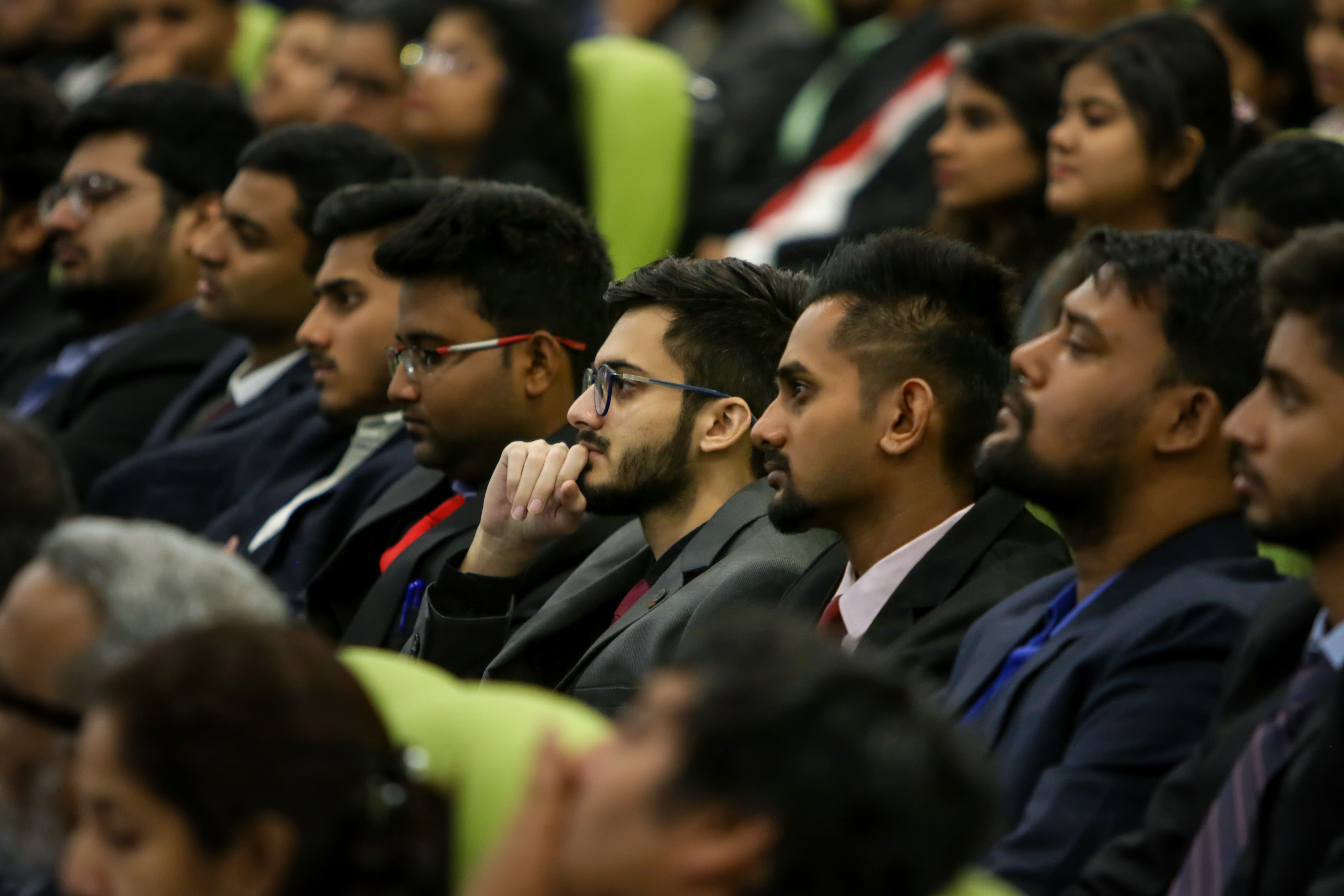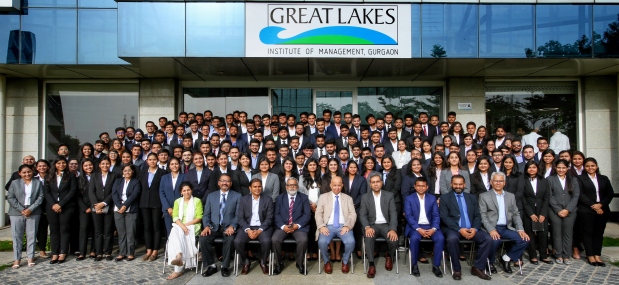
Great Lakes Institute of Management, Gurgaon, was bustling with energy and excitement on 9th July, 2019, as it welcomed a fresh new batch of PGDM students. The program saw a total of 144 students pouring in from different parts of the country to make this state-of-the-art campus their home for the next two years.
The inaugural ceremony was presided over by dignitaries from Gartner, world’s leading research and advisory company, along with the renowned faculty of Great Lakes Institute of Management.

Dr. Debashis Sanyal, Director, Great Lakes Institute of Management, Gurgaon, addressed the new batch of PGDM students, and applauded them for their well-deserved candidature. He expressed his delight over the growing competition and high-quality of applications that the institute received. After introducing the students to the faculty, he went on to share his wise counsel with the students. He informed the students that this day marks a transition from a structured environment to an unstructured world, where qualities such as flexibility in thinking, benevolent mindset of working in a team, optimism in the face of challenges and failures, and making the most out of time in the campus will help them succeed.
At the commencement, Mr. Arindam Mukhopadhyay, VP and Head, Global Consulting COE, Gartner, delivered the keynote for the orientation of the fresh young minds He congratulated the batch for making it to the premier institute and threw light on what awaits them after they graduate. His presentation drove home the fact that we are living in a dynamic world, where fundamental shifts are occurring across sectors, thus frequent innovation is indispensable to continuous growth. He emphasized on the importance of Industrializing Learning, which refers to developing cognitive thinking in future managers on a wide scale in order to drive constant innovation. He strongly advised students to demonstrate a Champion Mindset. The mindset urges an individual to follow the mantra of “Know it, Own it, Do it, and Persevere” to enhance growth on a community, organization and an individual level.

Furthermore, Mr. Ravi Kumar Anand, Campus Recruitment and Relationship Leader, Gartner, recommended that students research and understand the kind of role they would like to pursue in the future and use this platform to work towards the same by developing the required skillsets for their dream role. He inspired the students to expand their view of possibilities and take charge of their careers by putting sincere and constant efforts.

The commencement event concluded with Dr. Vikas Prakash Singh, Program Director for PGDM at Great Lakes Gurgaon, delivering the vote of thanks and, keeping up with the Great Lakes tradition, announcing the name of the new PGPM batch – The Apaches.

Know it, Own it, Do it, and Persevere.
Compiled by Elim Panda, PGPM “Spartan”, Class of 2020
Great Lakes Institute of Management, Gurgaon














